-
Posts
2,829 -
Joined
-
Last visited
-
Days Won
26
Content Type
Profiles
Forums
Gallery
Blogs
Calendar
Posts posted by Keep the Show on the Road!
-
-
Mike,
I have thought from time to time that I would do a VR series, or a Gopro (wide angle, action) set of videos. I have several opinions, but few facts to share!

Three generalizations:
Individual, stand alone, road videos of unknown sites (not famous) score a low few hundred hits a year on You Tube.
Action is critical in VR or Gopro. If you drive off a viaduct on your bike and crash, it will go viral. Otherwise see generalization above.
You need a theme and have to build a series following to get an audience.
It might be fun to do a Ken Burns video treatment of a few photos from a site, then your gopro video clips. I picked up a post card of the Jack Rabbit Trail from the 20’s the other day. A Ken Burns style look at it, followed or preceded by an ACSC map look, and then your cycle view might be a winner.
And if you did a series theme, lets say A Motorcycle on Early California Roads you might get a following. You know, modern daredevil academic follows vintage California roads. Action, with road history as the legitimizing virtue, and some personal experiences with the people and places. Could be fun. And the old roads are there.
Dave
-
Well it is good to see two "ol" friends post!!!
USRoadman.....slow down!!
 Just about the time I got my eyes focused on a great photo it flashed by. I know I can pause the stream, but they flash by so fast I can't even decide whether I want a longer look before the next image is up. I would double the duration of each image.
Just about the time I got my eyes focused on a great photo it flashed by. I know I can pause the stream, but they flash by so fast I can't even decide whether I want a longer look before the next image is up. I would double the duration of each image.Technical issues aside I enjoyed the trip. Your "style" is unique and provides an authentic road view, not just the "pretty" shots of the best views. I feel like I know what the area really looks like.
I know Youtube allows me to click on your "handle" and see a collection of thumbnails of your posts. But if you get some time, why not post a link list of your trips here, so if I wanted to find one in particular, I could.
Great stuff!
And Chris, great to see you are still enjoying the road!!. We both need to share a bit more here than we have lately!

Dave
Keep the Show on the Road!
-
Cort,
Good suggestion. Grayscale all but the road you want to show. I'll add that to my "tool kit!"
As you know, many books today are self published, and full color isn't cheap. But with your suggestion you could get by with grayscale and one color.
Another approach would be cross eyed 3D stereo. You can print in grayscale and freeview cross eyed. Unfortunately, too many complain they can't do it, even though they do the same thing when they read their wrist watch.
It might be easier for beginners if they made the images small so they only slightly crossed their eyes to get the central lmage in 3D. The 3D helps road features to stand out. Here is a 3D image of Echo Point on the Blewett Pass of the Yellowstone Trail to practice on.

Dave
Keep the Show on the Road!
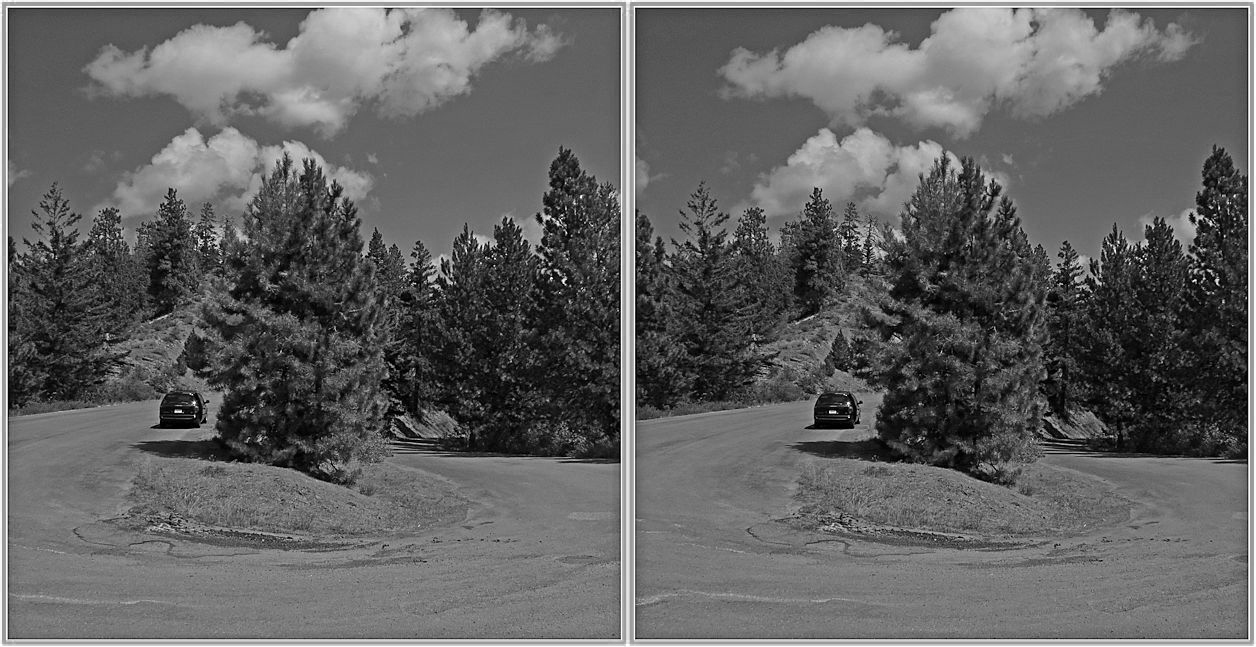
-
I am completely with you when it comes to trying to photograph good examples of old road design and identification. I find I resort to drawing lines and arrows post production, which is not altogether satisfactory.
I often find myself driving a modern two lane road, and saying to my wife, “Notice the old road over there, to which her reply is “Where?” What you or I “see” is not always self evident, and as you say, hard to capture in a 2D photo.
I am looking forward to your book. It is much needed.
Oh, I should add something. I am no beginner at road identification, but I have a friend who can smell the old routes. I have been at this for at least 50 years so I have learned a lot, but he has a natural talent. Kind of like old time water witchers, he can spot the target most every time. If you want contact info, send me a Forum message. Someone should pick his mind and get his insights for others to use.
Dave
Keep the Show on the Road
-
Cort,
You were better at drawing at 11, than I was (or am) at any age!
The 2003 Mercury Grand Marquis looks like a great road car! I was upgraded to the equivalent several years ago when my compact rental was not available. I expected a gas hog, but it turned out to be very dainty with fuel, and a super comfortable, and even responsive vehicle. It is obviously not a sports car, but it is a terrific ride.
It looks like you will be putting some miles on it soon!
Dave
-
Mike,
Will you (or do you) have a section on road design, by which I mean the practices of road building and placement that help identify the location of an old road. Simple examples: The old road did not cross a wetland, it stayed along the edge a foot or more above the high water. The old road did not have cuts or fills of consequence, and followed contours to reduce grade, etc, etc. You gave an excellent example when you noted the right angle turn at a bridge.
In identifying sections of the Red Trail for National Register application, and of the Yellowstone Trail for their publications, I have found some hints to look for that are more subtle than such factors as road surface and bridge design (which are obviously excellent). Knowing them helps us (I assume you have developed the same kind of indicators) spot the old road alignment readily, but they are not self evident to those who don’t know what to look for.
Put me on your list for a first edition of your book!
Dave
Keep the Show on the Road!
-
Here are a couple ACSC strip maps from my collection showing the road. The lower one is 1924, and the upper one is not dated. As the ACSC often did, they erased the copyright date on the upper map to reissue it. Since they also erased the address it suggests it may have been shortly after their move to their current address, which then suggests an issue date earlier than the lower map (speculation!).
In any event in the mid 1920’s (and perhaps earlier) the Moreno Grade (Jack Rabbit Trail) was the main route, based on the sizes of the lines representing the alternates.
Since the road existed on USGS topos in 1900 and 1905, but is not shown on 1911 ACSC strip road maps and the 1914 Firemans Fund strip maps, it may be that it was little used by autos in the teens (speculation!)
Dave
Keep the Show on the Road!
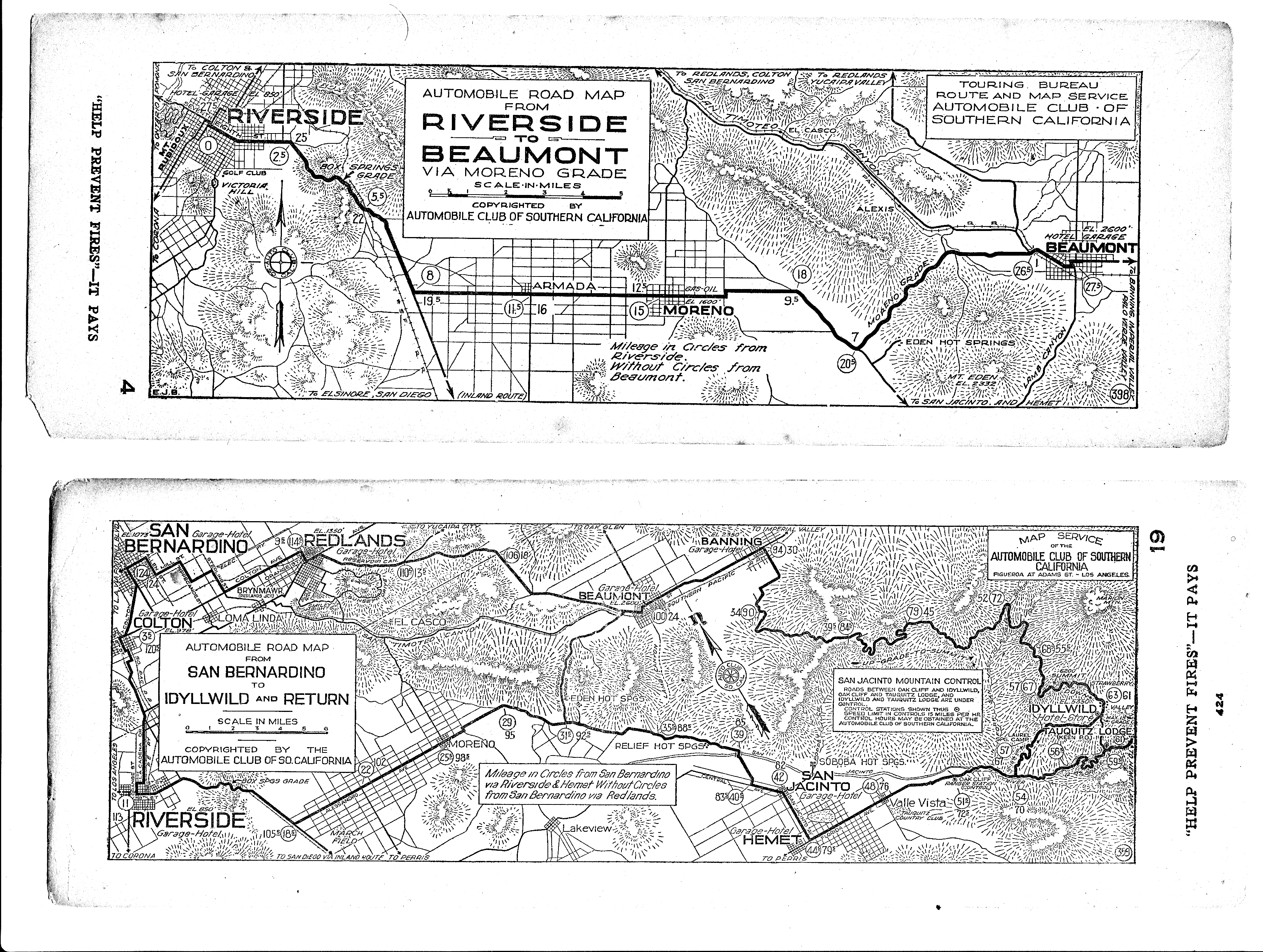
-
 1
1
-
-
Mike,
The Jack Rabbit Trail was the old Moreno Grade. I have attached a 1936 Automobile Club of Southern California (ACSC) Riverside County map showing the old grade and what was modern US60 before it was completed through the Moreno Valley.
I also have the #4 ACSC strip map showing it in a bit more detail if you like. It is in the binder I use for xerox copies of my maps, but the original is not in the right place in the originals file, which prevents me from looking for a date on the reverse. Probably 1924-27.
Depending on your (or anyone’s) interest level, I can probably do a bit more digging to locate my original strip map, and I can check my 1915 and later California Automobile Blue books for more detailed road descriptions.
The 1911 ACSC Tour Book shows Moreno and Eden Hot Springs, but not the Moreno Grade. The 1900 and 1905 USGS Topos (on line) show the road as one of three that cross that range, none more important than others, and all of course, wagon roads.
(Click on the image for a larger view)
Dave
Keep the Show on the Road
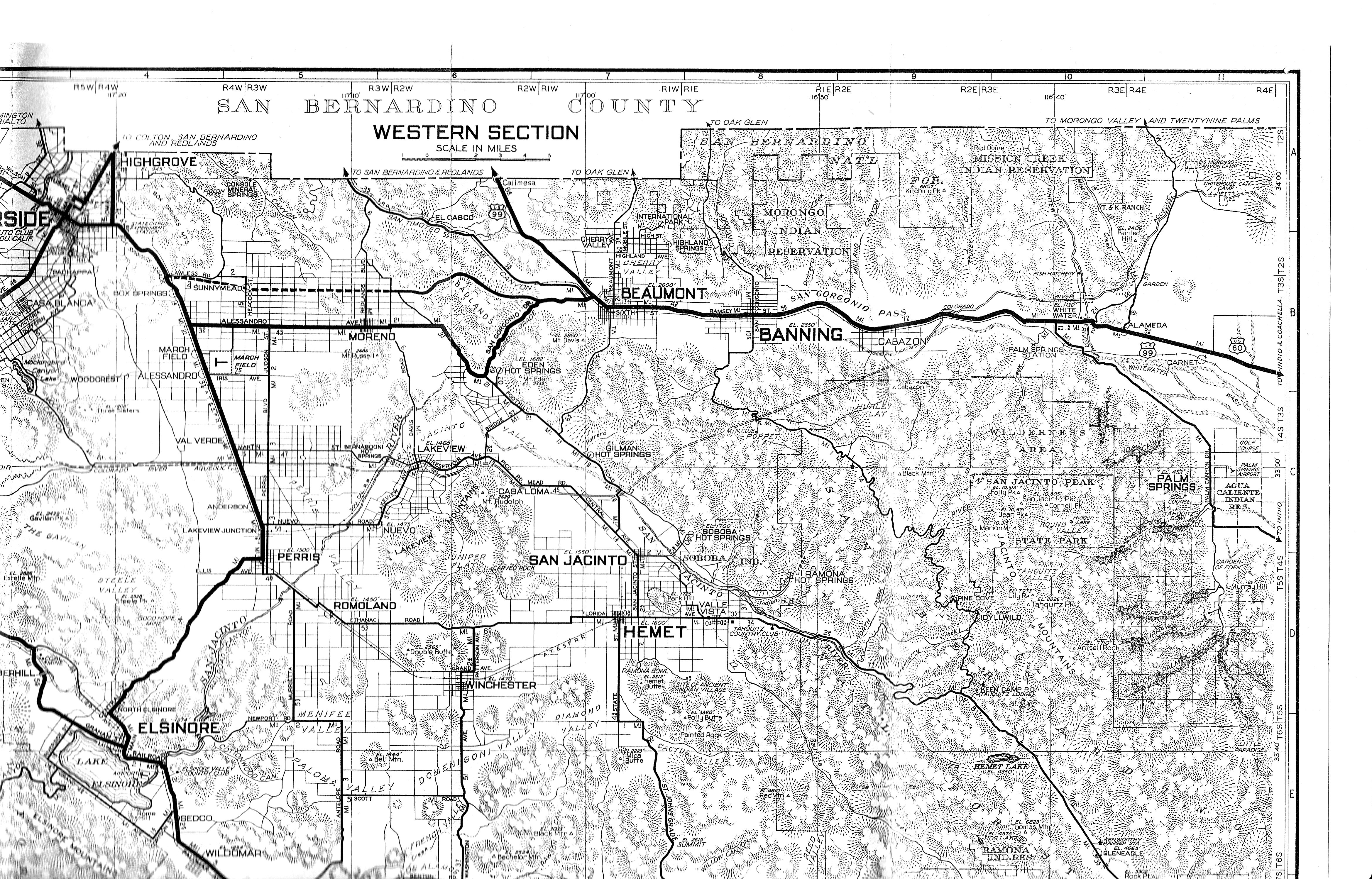
-
 1
1
-
-
I have a ton of old auto road maps of my native state, some as far back as 1906 , which is pretty early for California auto maps, if not wheelmen maps. For some reason now lost in the haze of my aging brain, I studied the Jackrabbit Trail, which I doubt was so named in my maps. But I recall the name from my web research….it might have even come from your site.
No matter, but if it serves any purpose I could probably dig out at least some strip maps (Automobile Club of Southern California)(ACSC) and might even get lucky with an early Grey. And I know I have a 1911 ACSC California tour book with many strip maps. Ask and I will see what I can do (and post the results.)
Dave
Keep the Show on the Road
-
 1
1
-
-
Mike,
And thanks for a cogent description of the importance of those bridges. Much appreciated and informative.
Dave
Keep the Show on the Road
-
Mike has a very interesting and well done web site at socalregion.com. His interests focus on Southern California, and range from rocks to roads and lots in between, including bicycle touring. I highly recommend a visit to his site.
Returning to the topic in this post, Mike, can you give us a bit about the importance of the bridges to which you are drawing our attention? The full web citation is a bit much to appreciate in one gulp!
 I did note that they propose to replace 32 !!! bridges along old Route 66. That should tweek a few noses here about!
I did note that they propose to replace 32 !!! bridges along old Route 66. That should tweek a few noses here about! 
Dave
Keep the Show on the Road
-
Mike,
I love the California inspection stations. I was born and raised, educated, and long employed in California, not to mention that my family members were pioneers in agriculture in the San Fernando Valley. I am the first to defend our inspection stations. No one should read my comments as other than a fond expression of a humorous experience.
The inspection stations are one of the most enduring and endearing roadside symbols in America. I was not aware that they had ever been used for other than their legitimate agricultural purposes. I'm sorry to hear they were ever misused. That is not my view of my native state.
No one who has ever tasted a ripe California orange or tangerine, or for that matter a plum
 would ever want to be responsible for carrying infected fruit into the state. I welcome the protection.
would ever want to be responsible for carrying infected fruit into the state. I welcome the protection.My days reach back a few years beyond yours, so I recall the times when one could drive between my home in La Canada to Riverside or San Bernadino (or Idyllwild where we spent vacations) and see practically nothing but orange groves, and perhaps date farms. Pomona and Fallbrook, where i also once lived and worked were both at the heart of that industry.
Your explanation of the important purpose of the inspection stations is appreciated by this "native Californian."
Dave
Keep the Show on the Road!
-
 1
1
-
-
Funny, if you asked that question of my generation, for many of us the answer would be “none,” and BTW all those having a car were boys. I think I could count on the fingers of two hands all the students at my large high school who had cars.
I do know there was no parking lot for anyone other than the faculty and staff. It wasn’t needed for student cars. We could easily park on the street outside the school, with no problem finding a space.
I had a 1951 Chevrolet but it wasn’t “vintage” when I owned it!! It had three on the tree, a suicide knob, a flocked dashboard, and of course spinners…..with blue well lights. Bet you didn’t have those goodies on your cars in high school!

Dave
Keep the Show on the Road!
-
This is a little story about a contraband plum. Let me begin by expressing my respect and regard for the California fruit industry, and for all efforts to protect it from crop disease. I was born and grew up in California, and treasure my recollections of the golden state and its many rich agricultural resources. I eat California grown produce as often as I can find it. So I happily stop at their border agricultural inspection stations and cooperate fully, and gladly with the nice people who staff them. But I can’t help laughing about a very special plum.
I took a trip on our two lane roads into and through Utah, Nevada and California in November. Early on the third day of my travels from Washington on route to Bluff, Utah, I stopped in Green River Utah. As I am wont to do, I stopped to photograph the Midland Hotel, a marker for the old Midland Trail of the teens of the last century.
Green River is the name of a soft drink of my youth. And for you real history bluffs, the name of a anti traveling salesman ordinance. So I have a kinship with Green River.
Across from the Midland Hotel is a nice grocery store and I stopped to pick up some snacks for the road. Some bananas, a couple of plums, and a breakfast bar. In the next several hours I consumed the breakfast bar, the bananas and one of the plums. I left the lone remaining plum in it’s thin plastic bag, and I probably tossed it into the back seat. There it stayed for four days, in the sack, untouched, and forgotten.
This was no special plum. In fact it was a bit mushy, judging by its companion I had eaten along with the bananas. It crossed the great Utah and Nevada deserts, and experienced four days of fascinating adventures, and now was still with me, on the back seat in its thin plastic bag as I entered California
I won’t mention where I entered California, but it was a splendid vista, broken only by the Agricultural Inspection Station that loomed mid road, and through which all traffic was directed to pass, stopping first to check, as I now know, for plums purchased in Utah.
I want to repeat that I am empathetic with the intention of the agricultural inspection stations. They have interrupted my road travels since I was a boy, and that is longer then we have had jet planes. For all I know, the stage coaches used to stop to be checked for fruit. I know the routine as well as I know what to do at a signal.
The nice lady asks me where I have been and I try to recall. This isn’t easy for a 77 year old to answer on short notice, and I should write it down before I get to California. Lets see, I was in Utah, then Arizona, and then Nevada, I passed through Provo, and Bluff, and Kanab, and Las Vegas….and she interrupts me there.
OK, we have established that I was not in Central America. So next, do I have any fruit? This is where it gets funny. If I was carrying fruit that might be disease ridden, at this point I am supposed to confess. Right……..! But I am secreting a lone plum, purchased in Utah. I confess.
But I don’t recall where I bought it. “It was in the morning after I left Provo….” I blurt out. Obviously that was some sort of clue that triggered greater vigilance. I am directed to park the car and hand her the plum. Now this is getting serious.
They take my plum into the inter station, and another woman comes out and they confer. The cars behind me are being directed through the other lane now, while I sit waiting for the outcome of my plum inspection.
I’m thinking, tell her to keep the plum, it is mushy anyway. But I fear this may be perceived as a ploy to escape further inspection. I envision them opening my sack of dirty laundry in the trunk, and perhaps making me explain the fruit stains on my trousers.
In about five or ten minutes the nice lady returns and hands me back the suspect plum. She explains that the problem is that it was not “grown in the US.” I can hardly choke down laughter. I could spend a month trying to find a plum in a grocery store in November that was grown in the US. They all come from South America in the winter and I could have told her that.
But the California fruit industry can rest easy that no Peruvian plum purchased in Utah is being snuck into California uninspected. Long live the inspection stations. Really!! I hope they are still checking fruit when I take that long last drive. I would truly miss the experience.
Dave
Keep the Show on the Road!
-
Cort,
Boy, that was sort of depressing!!
 I listed all 25 of the automobiles I have owned in the past 60 years and there was no Maserati or Ferrari. Not even a Porsche. There were three sports cars (MGA, Triumph, Fiat Spyder), a few convertibles, and after that just sedans, station wagons, vans, pick ups, and such…..nothing to brag about. What a downer for an old guy!!
I listed all 25 of the automobiles I have owned in the past 60 years and there was no Maserati or Ferrari. Not even a Porsche. There were three sports cars (MGA, Triumph, Fiat Spyder), a few convertibles, and after that just sedans, station wagons, vans, pick ups, and such…..nothing to brag about. What a downer for an old guy!!A conservative estimate of their direct cost has to be (in today’s dollars) at least a third of a million and probably an equal amount in gas, tires, insurance, etc. So I have paid $600,000 to $700,000 to drive around.
Was it worth it? Damn right it was!!! Some of the best money I ever spent! Should have spent more!!
And a little story for the youngins….I was staying at the Waterville Hotel in Waterville, Washington on the Yellowstone and Red Trail, and our fine host had poured his guests a glass of wine. We were discussing what we regretted not doing in our lives, and I was the oldest. It occurred to me that what I regretted most was not having "sinned" enough.
 And I could probably add, not driving enough on our heritage highways.
And I could probably add, not driving enough on our heritage highways.And BTW, I think I probably completed your “test” of the last digits!!! That has to be worth something!!

Dave
Keep the Show on the Road
-
Wishing one and all a great holiday, and safe motoring!
Dave
Keep the Show on the Road!
-
Mike,
Thanks for making a well written and informative description of important aspects of old highway location available to many. We all need to do that. Your knowledge took years to acquire, and we owe it to others to share it. You have done so, to your credit, and as a benefit for all. Thanks!
Dave
-
Kayn,
I found 3 of the four cards. Which is probably pretty good for me. The one missing is the lower right in the display of 4 above. It may turn up. Again, message me with an e-mail address. I might also have some old road maps of the Pass.
Dave
Note: I note that the USGS Historical map collection has 1914 and 1915 topos that show the road and the Pass area. If you are not familiar with those maps, they may well be a gold mine for your purposes. If you need advice on how to access them let me know.
Dave
-
Kayn,
It has been awhile since I did that series of posts. I really have no idea whether I still have those cards. We have an approximate date from the posts, so I will see what I might have on disks. And I think I have all my e-bay e-mails so I can check if I sold them.
Give me maybe a week and rattle my chain if I don't get back to you by then.
Dave
I did find the higher resolution scans from the original American Road post, but not of the backs, on one of my backup drives. If you message me on this site with an e-mail address, I will send the digital content I find. Do Not put your e-mail address in a post!
I will take a look in the "stacks" to see if I find the cards.
-
Sad to see. This link provides some pretty vivid photos of the event.
http://www.foxla.com/news/local-news/192842126-story
Dave
Keep the Show on the Road!
-
 2
2
-
-
Denny,
Thanks for the tip and the lead! And welcome back from the Alaska northland. Click on Denny's name above and look in on his excellent adventures!
Dave
-
Cort,
I have a couple of views on “rare.” One is that it is the best way to order your steak! Bad effort at humor.....but rare doesn't mean good, great, or valuable, but it is often used to imply that.
I have owned a few automobiles in my day that might be rare today, but so what. I once had a Pinto station wagon with classy simulated wood decals!! It also sported a rear window sun screen with cactus motif. I was a single college student, and for some reason it didn't impress the girls.
I bet that car would be “rare” today!! If it didn't explode in an accident, as I am told Pintos sometimes did! I had a sports car before that, but I needed money to go to college, and sold it. I recall I asked a girl out who thought I still had the sports car, and when she saw the Pinto, her actual words were “Oh, that's too bad!” The date went down hill from there......but I digress.

I have to admit, when I see “rare” in an ad, I immediately think “junker.” and all they can claim is that there aren't many of them still running.
You asked, so don't blame me!
Dave
-
 1
1
-
-
32Vid,
They call that a road map here in Washington! Just kidding!!

I too recall a site like that, but don't recall a clue to find it. You have probably found it by now. If so, let us know the link.
Dave
-
Darn, I hoped your post shared something other than a display of your self published books. I imagine each is a masterpiece, but other than your mug shot, I have no basis on which to make that judgment. Do you have any insights about Florida back roads that might not be in one of you books?
Looking forward to your insights.
Dave
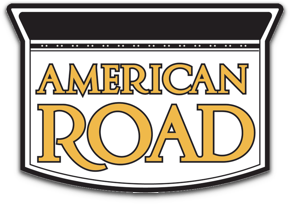
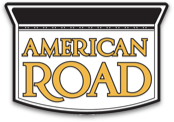
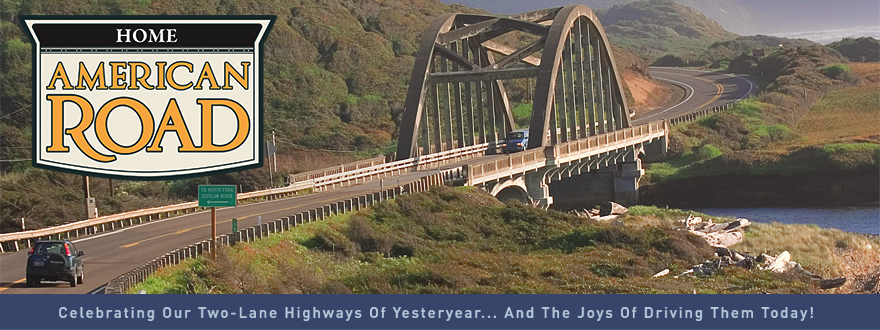


Finding Old Highways
in General Discussion
Posted
Mike,
You are right on all counts! Not an evident market. Documenting may be the best objective. And take my “daredevil” comment as tongue in cheek.
I encourage you to keep working on the guide!
Dave